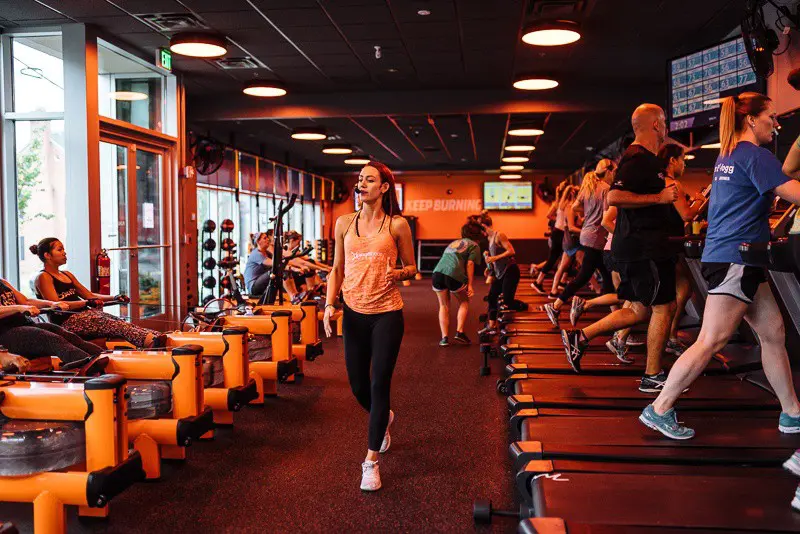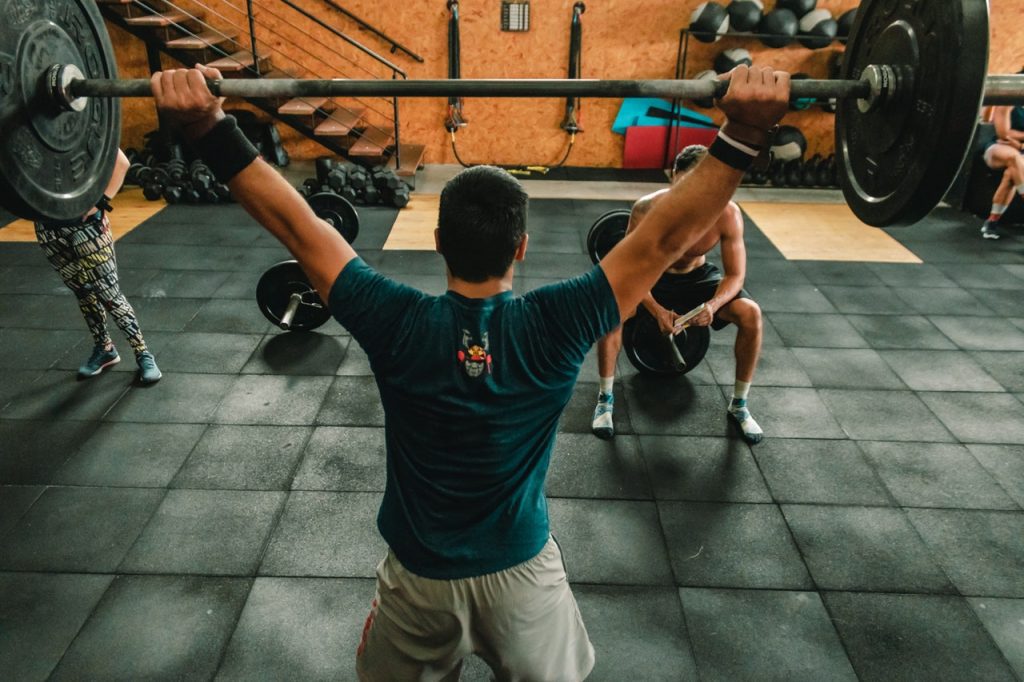
The best online fitness resource you'll ever need. We filter out the BS to ensure you meet your health and fitness goals!

The best online fitness resource you'll ever need. We filter out the BS to ensure you meet your health and fitness goals!

It can be quite hard deciding what kind of exercise you want to do. Will a powerlifting regime suit you, or do you want to bulk up with bodybuilding? Do you want a swimmer’s physique or is long-distance running your thing? Or do you want to make the most of high intensity interval training (HIIT)?
Even once you’ve decided on the style of exercise to meet your goals, finding a program and provider can be a minefield. Just focussing on high intensity, explosive power, there are myriad options and providers. These include two powerhouses: Orangetheory and CrossFit.
These will be our subjects today: which is better, why, and which one might be best for you?
The main differences between Orangetheory and CrossFit are in emphasis. By design, Orangetheory will need you taking part in more high-power cardio and HIIT in order to keep you in the much sought after orange heart-rate zone for as long as possible per class. On the other hand, CrossFit will have you taking part in more explosive strength training: think cleans, overhead presses, squats and so forth.
So, simplistically, if you prefer handling barbells and jumping around, go with CrossFit; if you prefer more classic HIIT and circuit-style classes, go with Orangetheory.
However, there is more crossover than this. CrossFit will absolutely have you hitting Tabata sets on a spin bike, as will any self-respecting Orangetheory instructor at some point. Orangetheory will also have you pumping weights and performing burpees, as will any self-respecting box coach instructor at some point.
Let’s break it down a bit.

As we wrote in our recent guide, fitness guru Ellen Latham began Orangetheory in a Florida studio in 2009. Since then, it’s caught on and taken the world by storm. Over 500 separate venues were hosting her classes within its first decade. It came to European destinations like Great Britain in 2017.
Their Orange 60 sessions are so named because they last one hour. This hour is divided into five distinct training segments, with each segment centring on a station.
Each station is designed to give a blend of several disciplines throughout the hour. These are:
Therefore, anybody taking part in Orangetheory fitness classes will become experienced across several disciplines.
Each session is also designed to put you into a heightened metabolic state. This state should last for around 36 hours, during which your body will continue burning calories at an accelerated rate. To achieve this, you will wear a heartrate monitor during each session. By providing each member with a heart-rate monitor, Orangetheory can monitor your five zone interval training sessions. The five zones are grey, blue, green, orange, and red.
Of these:
Your instructor will push you to hit your orange zone in each and every workout. The ultimate aim is to be able to spend 12-20 minutes there. At this point, you will hit an ‘afterburn’ effect: your metabolic rate will be boosted for 24-36 hours post-training, resulting in anything up to an extra 1,000 calories being burned. This is due to excess post-exercise consumption (EPOC), upon with the whole of Orangetheory training hinges.
EPOC takes place when your oxygen intake rate increases after hard physical effort. An estimated extra five calories are burned for every litre of oxygen consumed. To bring this up to its full potential, you need to bring your heartrate up to 84%+ during training for as long as possible. The is known as the orange zone, as above; this forms the backbone of Orangetheory.
Orangetheory is an incredibly effective training philosophy that can bring about great results. However, nothing is perfect: for every up, there is a down. There are some distinct pros and cons inherent to Orangetheory.

CrossFit are another high-intensity exercise provider who have seen massive growth in popularity since their inception in the noughties. They now have over 13,000 affiliated gyms in 120 countries, with 7,000 alone in the US, and they hold their own championships around the world in which increasingly professional athletes regularly participate.
CrossFit devotees are often described as a little cult-like- the movement can become something of an obsession for many. Many CrossFit venues and organisations take training so seriously, and so base their lives around it, that they seem to devote themselves fully, mind, body and soul, to the cause.
There doesn’t seem to be much of a middle ground, here. Somebody who just quite likes it and goes along a little bit is something of a rarity. Either you love CrossFit unconditionally or you don’t get involved at all.
But what is CrossFit? Mostly, it’s a strength and conditioning philosophy whose workouts are made up of incredibly functional movement patterns performed at a high intensity level. In many ways, it takes its cue from similar high intensity styles like HIIT and circuit training. However, the base theory runs that it takes elements of any other training style deemed useful, so that powerlifting, Olympic lifting and bodybuilding all form bedfellows with calisthenics, mobility work sprinting, and so forth… really, whatever makes you stronger could potentially have a place in a CrossFitter’s arsenal.
To this end, CrossFit workouts tend to rely on exercises they deem to be ‘functional’. Functional exercises mimic those actions that we use in our daily lives, such as squatting, lunging, carrying, pushing, pulling and so forth.
CrossFit uses a standard ‘workout of the day’ (WOD) that all members complete on the same day. The daily workout can be found for free on their website, alongside a guide on everything needed to take part.
These WODs will be built around functional movement patterns, including many variations on pushes, pulls, squats, carries and so on. Weightlifting and bodyweight exercises are very common, with CrossFit incorporating movements from varied disciplines like powerlifting, Olympic weightlifting, gymnastics, and Strongman.
As with Orangetheory, CrossFit is an intense training philosophy that boast some truly impressive accomplishments. However, there are some definite pluses and minuses involved with it.
Both are expensive, so let’s set that aside: whichever you pick, you’ll be paying above the odds for your workout.
However, there are some fundamental differences between CrossFit and Orangetheory that should inform you as to which is best for you.
CrossFit places greater emphasis on strength training, with Orangetheory mostly going in for cardiovascular work. Even when they have you lifting weights, it’s with your heart rate in mind.
Partly because of this, and partly because of a failing in standards, Orangetheory is a lot safer than CrossFit. They help you to find your limit, not smash through it, and their instructors are generally far better (or at least more uniformly) trained.
Their better oversight and more generalised standards come from the way Orangetheory structure their business. It is a massive franchise with each studio run pretty much along the same lines, to the same standards. Though they standardise daily workouts, CrossFit boxes are a lot more individualistic. They follow a philosophy, not a set of franchise rules. You could find a great one or a terrible one.
This individuality may be a plus for you but remember that it comes with some risks.
If you prefer individuality, hard work no matter what, and strength training by the bucketload, CrossFit is probably perfect for you. If you want a cardio blast with extras, a solid and safe training methodology and a great technique for weight loss, go with Orangetheory. They are the safe option, at any rate.